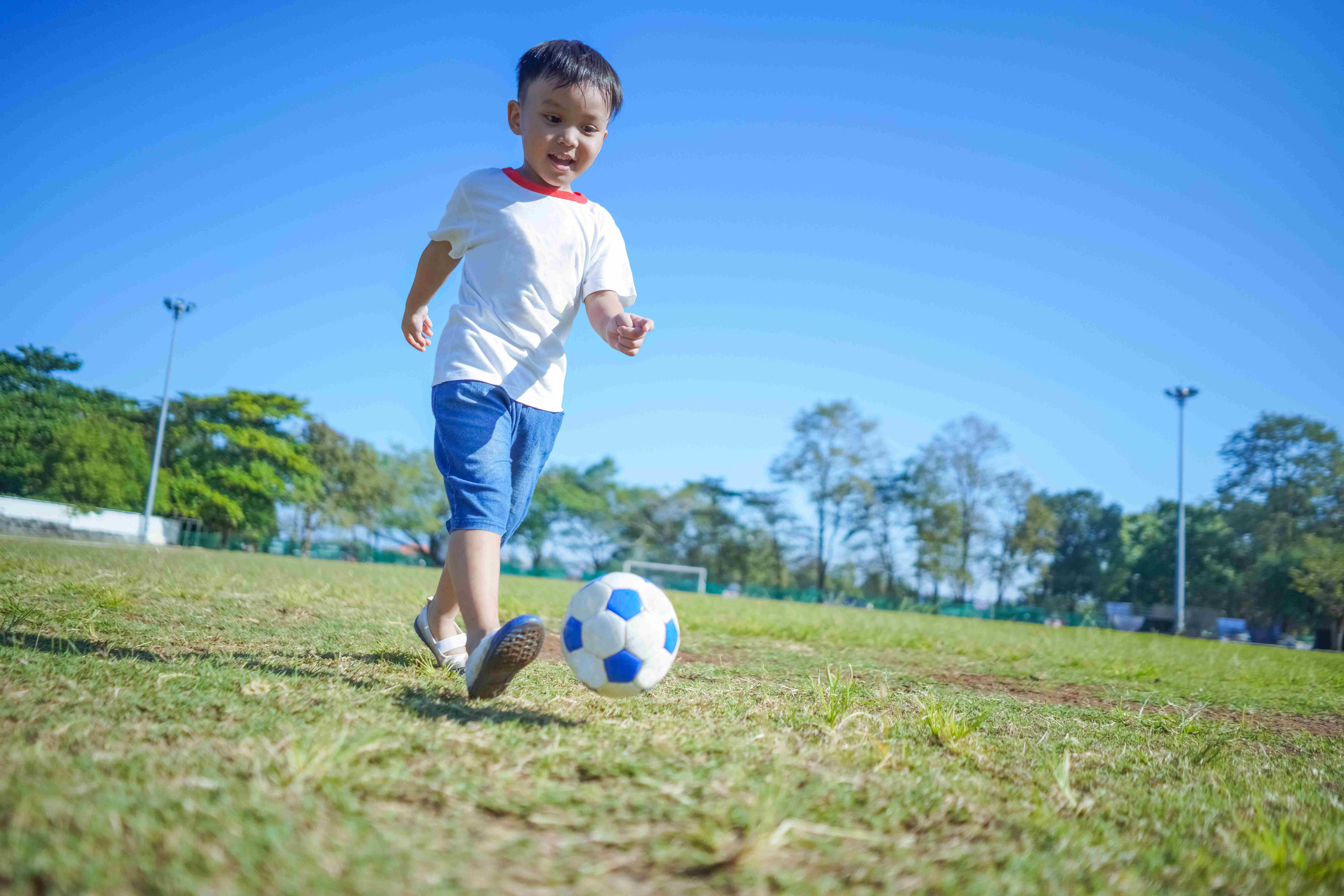
Comprehensive Solutions to Protect Children from Respiratory Diseases
External Protection
“External protection” refers to environmental factors such as weather conditions, living spaces, hygiene practices, and daily contact with objects and surroundings.
- Ensure children's homes, rooms, and play areas are well-ventilated and regularly cleaned and disinfected—especially high-touch surfaces—at least once a week.
- Toys, learning tools, and personal items like clothes and shoes should be washed with soap, thoroughly cleaned, and sun-dried to eliminate germs.
- Maintain a stable indoor temperature around 27°C. Keep children warm during cold weather or when traveling to temperate regions.
- Practice proper personal hygiene. Bathe children 1–2 times daily using clean water at a temperature suitable for their body and environment. Brush teeth and rinse mouth with specialized solutions before and after sleep, and after main meals.
- After contact with potentially contaminated surfaces, guide children to wash their hands properly for at least 30 seconds using soap and running water or hand sanitizers.
- Avoid taking children to crowded places. Do not allow close contact with individuals showing symptoms such as coughing, sneezing, or runny nose, or those returning from outbreak areas—regardless of family ties.
- If visiting crowded areas is unavoidable, ensure children wear masks correctly and maintain a safe distance from others.
- Teach children to cover their mouth and nose when coughing or sneezing to reduce the spread of respiratory droplets. This helps protect the community and fosters public hygiene awareness.
- Let children sunbathe at least twice a week for about 10 minutes each time. The ideal time is between 9–10 AM, with at least 30% of skin (arms, legs, back, or abdomen) exposed to direct sunlight.
- Ensure timely and complete vaccination according to the national immunization schedule.

Internal Protection
“Internal protection” refers to factors that enhance a child’s immune system through proper nutrition, sleep, and physical activity. A strong and resilient body is key to effectively fighting off illnesses.
Nutrition: Age-Appropriate and Balanced Diets
- Infants: Breast milk is the best source of nutrition for newborns and infants (from birth to one year old). It is recommended to exclusively breastfeed during the first six months and continue as much and as long as possible.
- After six months: Begin complementary feeding following the guidelines of the National Institute of Nutrition. For older children, ensure that their diet meets the correct quantity, quality, and frequency, including four essential nutrient groups: carbohydrates, proteins, fats, vitamins & minerals, and the combination of prebiotics and probiotics.
- Essential Nutrients During Epidemic Seasons:
- Protein: Choose easily digestible proteins such as white meat, seafood, eggs, and milk. When selecting milk, prioritize whey protein rich in alpha-lactalbumin to support physical development, immunity, and sleep quality.
- Fats: Vital for young children as they provide energy, build brain cell structures, and support neural transmission. Fats also help dissolve essential vitamins for various biochemical processes. Choose healthy fats from plants, fish oils, and supplements containing omega fatty acids, PUFA, EPA, and DHA.
- Vitamins & Minerals: These do not provide energy but are involved in nearly all physiological and biochemical processes. Most are essential micronutrients that the body cannot synthesize and must obtain from food. Key immunity-boosting micronutrients include vitamins A, C, D, E, iron, zinc, and selenium—found in colorful and dark vegetables and fruits.
- Prebiotics & Probiotics: This duo supports digestion, absorption, metabolism, and detoxification. They enhance nutrient uptake and help build cellular structures and organ systems. They also strengthen gut immunity through ecological balance and mutual synergy. Prebiotics are the preferred food for probiotics, which help ferment and metabolize fiber. A balanced gut microbiome leads to a healthy digestive system and strong immunity.
- Natural sources include vegetables and fermented foods like yogurt.
- Modern nutrition offers advanced options like HMO, FOS, Inulin, and proven probiotic strains such as Lactobacillus paracasei (L. Casei 431), LGG™, and BB12™. Children should drink enough water daily. The simple rule is: don’t wait until they’re thirsty. Offer small sips regularly based on their weight and needs. Avoid forcing them to drink based on caregiver assumptions.
- Sleep & Physical Activity
- Depending on age, children should sleep enough (8–12 hours/day), with deep sleep during the golden hours from 10 PM to 3 AM.
- Encourage regular physical activity and joyful play every day.
- Show love and care so children feel safe and emotionally supported.
“A healthy diet helps prevent malnutrition and nutrition-related disorders, and reduces the risk of non-communicable diseases such as diabetes, cardiovascular disease, stroke, respiratory illnesses, and cancer. In contrast, poor nutrition, lack of physical activity, and inadequate sleep can harm health, shorten lifespan, and reduce quality of life.”
— Dr. Nguyen Vu Linh, Director of Vinamilk Nutrition Center.
Reference
Paget J, Spreeuwenberg P, Charu V, Taylor RJ, Iuliano AD, Bresee J, Simonsen L, Viboud C; Global Seasonal Influenza-associated Mortality Collaborator Network and GLaMOR Collaborating Teams*. Global mortality associated with seasonal influenza epidemics: New burden estimates and predictors from the GLaMOR Project. J Glob Health. 2019 Dec;9(2):020421. doi: 10.7189/jogh.09.020421. PMID: 31673337; PMCID: PMC6815659. Link
Xiaolu Tang, Changcheng Wu, Xiang Li, Yuhe Song, Xinmin Yao, Xinkai Wu, Yuange Duan, Hong Zhang, Yirong Wang, Zhaohui Qian, Jie Cui, Jian Lu, On the origin and continuing evolution of SARS-CoV-2, National Science Review, Volume 7, Issue 6, June 2020, Pages 1012–1023, Link
Dr. Michael Ryan(L), executive director of the World Health Organization (WHO) Health Emergencies Program, addresses a press conference in Geneva, Switzerland, Feb. 18, 2020. Link
Healthline Editorial Team. (n.d.). Sunbathing: Precautions, benefits, and how to be safe. Healthline. Retrieved April 2, 2025 Link
Bryan, L. (2024, February 2). What is healthy sleep? Sleep Foundation. Retrieved April 2, 2025 Link
European Centre for Disease Prevention and Control. (n.d.). Questions and answers on COVID-19. ECDC. Retrieved April 2, 2025. Link World Health Organization. (n.d.). Q&A on coronaviruses (COVID-19). WHO. Retrieved April 2, 2025 Link